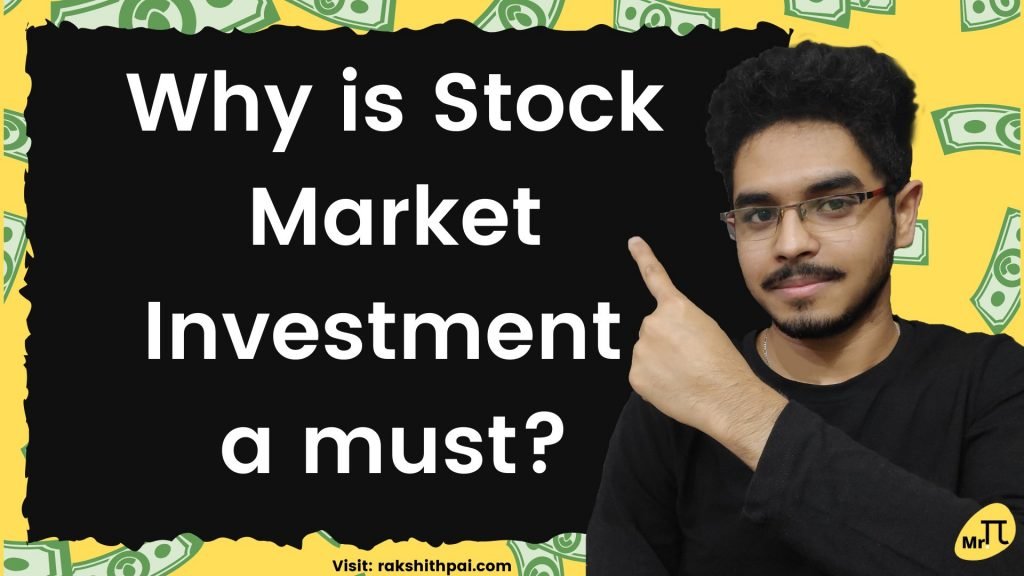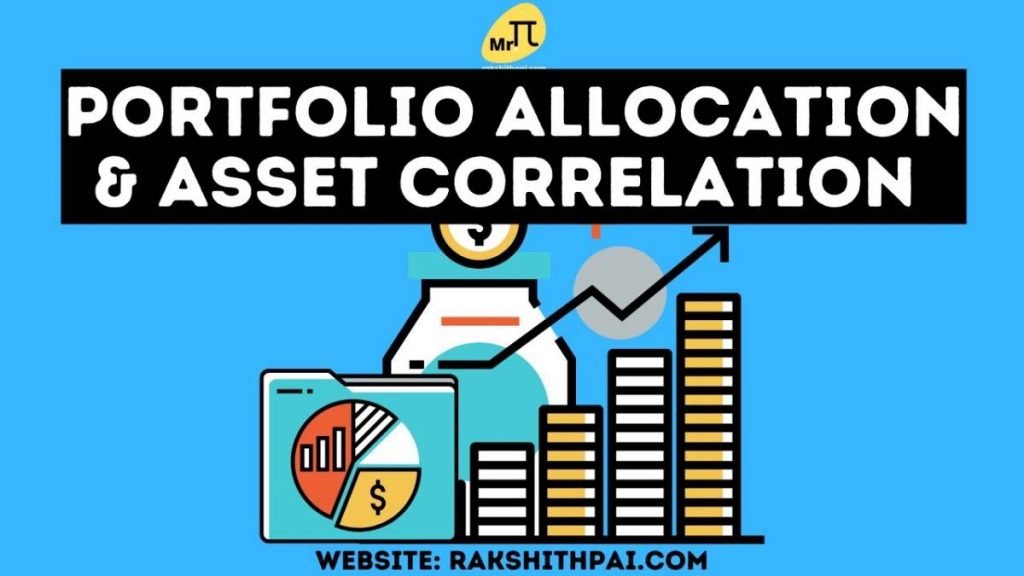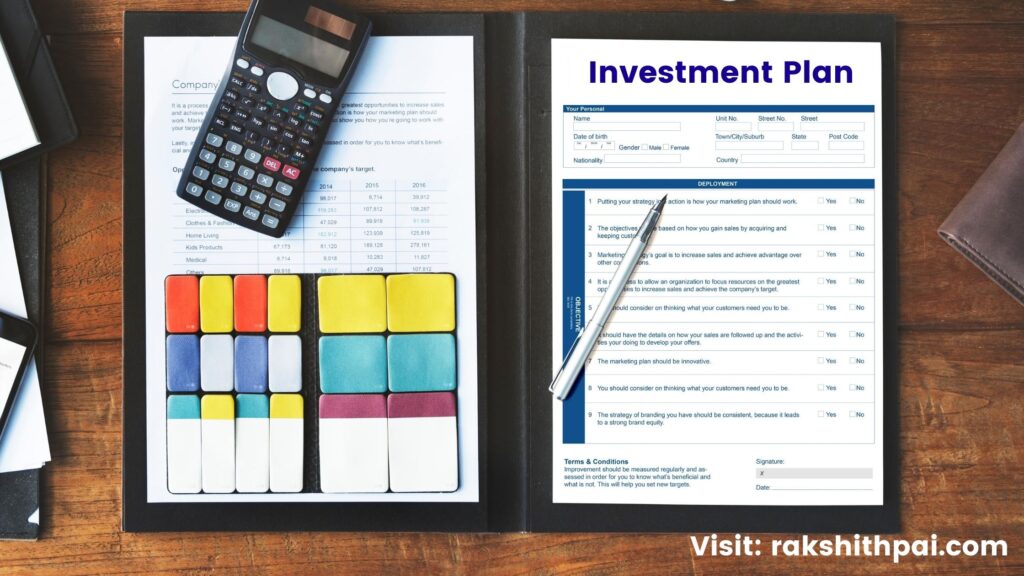Table of Contents
How to Invest at Any Age?
For most people, learning how to invest is an important part of their retirement planning process. After all, how you spend your post-work years depends on how much money you have saved and invested in the decades leading up to your retirement. When you’re in your 30s and 40s, the asset allocation approach you used in your 20s and 30s will no longer work for you.
Why are so many people looking for the greatest investment alternatives in India? because they want to maximize their returns with minimal or no risk in a certain time frame. But it is hard to find an investment strategy with both high returns and low risk.
Returns and risks are, in actuality, inversely related, meaning that the greater the risk, the greater the potential reward. Financial, as well as non-financial assets, are the two primary categories of investments available in India.
Market-linked securities such as mutual funds, live stocks, and the like can be further subdivided into bank FDs, PPFs, and bank RDs, for example. Non-financial assets include gold investments, real estate, treasury bills, and more.
10 Best Investments for Any Age!
Here are the 10 best investments for consideration, generally ordered by risk from highest to lowest. Keep in mind that lower risk typically also means lower returns.
Stock Market
The term “stock market,” “equity market,” or “share market” refers to a centrally organized marketplace for the buying and selling of stocks (also called “shares”), which are claims to ownership in businesses. Stocks can be traded publicly on an exchange or privately between individuals, such as when private companies sell shares to investors through equity crowdfunding sites.
Investing in the stock market is considered to be one of the best long-term investment options. Most investors think that direct equity is a risky way to invest, but direct equity funds have the highest returns of any investment on the market.
The proper stock, the right timing in the market, and the right exit strategy are all important considerations when investing in direct equity investment plans. Before making an investment in direct equity, do your homework and learn how to evaluate a share stock.
Stock Market Basics 🎯
Mutual Funds
A professional fund manager oversees a pool of investors’ money in a mutual fund. A group of investors who want to reach the same investment goal, pool their money and invest it in stocks, bonds, money market instruments, and/or other securities.
The ability to diversify your portfolio right away is one of the most significant advantages that mutual funds provide. You might not have enough money to invest in a wide range of stocks and industries, but a mutual fund spreads your investment and, as a result, your risk. This is done by pooling the money from a large number of investors.
Everything you need to know about Mutual Fund Investing:
A mutual fund is a group of investors who combine their resources to make investments. An investment trust is a legal entity that pools the money of several people or groups to reach a certain investment goal. The money is then invested in different assets, such as stocks, bonds, money market instruments, etc.
Major Types of Mutual Funds:
- Equity funds
- Fixed income funds
- Money market funds
- Hybrid funds
Exchange-traded funds (ETFs)
Mutual funds and ETFs are similar in that they pool money from investors to acquire a diverse portfolio of securities. Investors acquire ETFs in the same way they would buy regular stocks: by purchasing a share.
A long-term investment in ETFs, like index funds and mutual funds, is an excellent option. ETFs are also good for investors who don’t have enough money to invest in mutual funds because the price of an ETF share may be lower than the minimum investment for mutual funds.
Commonly abbreviated as “ETFs,” exchange-traded funds are pools of different securities that typically follow the performance of some underlying asset. Exchange-traded funds (ETFs) are a convenient way to combine several types of investments into one. They combine the most desirable features of mutual funds and stocks.
There are certain structural, regulatory, and management similarities between mutual funds and ETFs. And like mutual funds, ETFs are a pooled investment vehicle that lets you invest in a wide range of asset classes, including stocks, commodities, bonds, currencies, options, and more. Furthermore, they are tradable on stock exchanges in the same way that regular stocks are.
Index Funds
An index fund is a mutual fund or ETF that attempts to replicate the performance of a market index, such as the NIFTY 50 Index. There is a common belief that investing in an index mutual fund is the best way to gain exposure to the market because of its cheap fees and minimal portfolio turnover. These investments track an index, regardless of market conditions.
The majority of financial experts agree that index funds make excellent core holdings for retirement plans. Warren Buffett, a legendary investor, has advocated adopting index funds as a safe harbor for retirement money. He has argued that because of the low costs involved and the excellent performance track records, the average investor would be better off purchasing all of the firms through an index fund.
How to Invest in Index Funds? Top Index Funds, Benefits and risk-return explained:
Stocks in an index fund are held in a pooled investment vehicle (e.g., NIFTY 50 & SENSEX 30). Investors might expect returns equal to the performance of the index rather than the fees paid to a professional fund manager to choose and manage a fund’s investments.
Long-term investors should consider index mutual funds as an excellent option. Index funds are less volatile than active funds because of reduced fund management expenses, which makes them more cost-effective.
This type of investment strategy can be especially helpful for young investors who can put more of their money into stock funds than bonds and have a long-term view of their investments.
Corporate Bond
When a company issues a bond to raise capital for ongoing operations, mergers and acquisitions (M&A), or business expansion, it is issuing it as a form of corporate debt financing. Debt instruments usually have at least 1 year of maturity.
Just as with government bonds, you’re making a loan to a corporation rather than the government when you buy corporate bonds. This is because the banks do not provide these loans, or maybe availing them via bond is much cheaper for the company.
In any case, corporate bonds are based on the company that issues them, making them a more risky option. The risk/return profile of high-yield bonds (also known as trash bonds) is more closely aligned with that of equities than that of traditional government bonds.
To put it simply, corporate bond funds are a type of debt mutual fund scheme that puts at least 80% of its assets into highly rated corporate bonds. In general, the bonds or debentures of corporations with ratings of AA+ and above make up the bulk of the holdings in these funds.
Government Bond
When a country’s government issues bonds to finance its spending, this is known as a “sovereign bond” or “government bond.” An agreement to pay interest (called a “coupon payment”) and return the principal at the maturity date is typically included.
Loans to government entities like the federal and municipal governments are referred to as “government bonds,” and the interest they pay is normally between one year to as long as 30 years. It is for this reason that bonds are referred to as “fixed-income assets.” Government bonds are nearly risk-free investments because they are backed by the creditworthiness of the country’s government that issued the bond.
So basically, To finance public expenditures and debt obligations, governments issue bonds in the form of debt securities. Coupon payments are a form of interest that can be received on government bonds. Because the issuing government stands behind its bonds, investors frequently view them as a safe bet.
National Pension Scheme
The National Pension System Trust is an expert branch of the Pension Fund Regulatory and Development Authority, which reports directly to the Indian Government’s Ministry of Finance. In India, citizens can opt into the National Pension System for a defined contribution plan in order to help them save for retirement.
It’s a government-backed investment alternative that provides pension solutions. A variety of investment options are available to the investor, including bonds, government securities, stock, and other forms of capital. There are two modes available: automatic and active. With the active option, the investor chooses which assets to invest in. With the auto option, the money is invested automatically.
The scheme matures at the age of 60, hence the length of the lock-in period is determined by the investor’s age. The accrued interest is exempt from taxation under this plan. Furthermore, if a lump-sum payment is chosen, 40% of the maturity proceeds are tax-free. If you take the pension after the age of retirement, it is taxed like any other income.
Public Provident Fund
EPFO is one of the world’s largest social security organizations in terms of clientele and the volume of financial transactions undertaken. At present, it maintains 24.77 crores in accounts pertaining to its members (Annual Report 2019–20).
A provident fund is a long-term savings plan for an employee’s retirement that is an investment fund established voluntarily by the employer and employees.
A long-term investment option that is among the most secure in India. It is tax-free. You can open a PPF account at a bank or a post office. There is a 15-year lock-in period for invested funds. Compound interest can also be earned on the collected funds in this investment option.
The next five years might also be added to the time frame. The only negative aspect of a PPF account is that the invested money can be withdrawn at the conclusion of the sixth year. You can borrow money from your PPF account’s balance if you need it.
Fixed Deposit
Fixed deposits are one of the most popular fixed-income investment options. Fixed-return investments, such as FDs, are consistent with their name. Payouts might be made monthly, quarterly, or yearly, depending on the bank’s policy.
With a fixed deposit, you invest a lump sum for a specified period of time at a predetermined interest rate. If you invest for a set period of time, you’ll get back more than you put in thanks to compound interest. Certificates of deposit are sometimes known as FDs or term deposits. FDs come in both cumulative and non-cumulative varieties, depending on the bank.
Bank Savings
A person’s savings is the sum of money they have left over after all of their expenditures and other responsibilities are taken into consideration. The term “savings” refers to money that is not being invested or used for consumption. Because of their safety, savings accounts tend to have low yields.
Bank Savings offers the least risk with the least return. It is the safest form of investment.
As quoted by RBI – “Each depositor in a bank is insured up to a maximum of ₹ 5,00,000 (Rupees Five Lakhs) for both principal and interest amount held by him in the same right and same capacity as on the date of liquidation/cancellation of bank’s license or the date on which the scheme of amalgamation/merger/reconstruction comes into force.”
Asset Allocation or Portfolio Diversification by Age:
Here’s a quick look at how to distribute your assets over the course of your life. Of course, these are only guidelines and do not take into account your unique situation or risk profile. Because some investors prefer to take more risks with their money, while others are more concerned with stability and the well-being of their loved ones, such as disabled children, etc.
Your risk profile can be determined with the assistance of an experienced financial advisor. The risk profile “calculators” and questionnaires offered by many internet brokers can assess whether or not you are a conservative or aggressive investor.
If you’re planning on starting a family in the near future, you should have six to twelve months’ equivalent of living expenses saved up in a liquid investment vehicle such as a money market account or a certificate of deposit (CD).
The easy way to determine is to go by your age. For example, if you are 20 years old, then 80% of your investment must be in Equity & such other risky asset while the balance of 20% can be in low-risk low return investments such as Bonds. This will also balance your portfolio at times of Stock Market Correction or Crash.
How To Construct a Profitable Investment Portfolio?
Conclusion:
The risk profile of an investor must be matched with the product’s risk before investing. Compared to other asset classes, there are some investments in the market that contain a significant degree of risk but also have the potential for long-term profitability. It’s also possible to find low-risk investing solutions with minimal returns.
It’s important to keep in mind that your investment strategy should evolve with you as you grow older. Another option is to consult with a financial expert who can tell you exactly where you are and where you need to be financially.
Your financial goals can be met, and your future financial security can be ensured if you invest in the greatest investment opportunities in India. Investment programs that can help people grow their money in a risk-adjusted manner are always sought after by investors.
The best investment alternatives in India have been covered in detail here to help people achieve their financial goals.
FAQ’s:
Disclaimer: All the information on this website is published in good faith and for general information purposes only.









